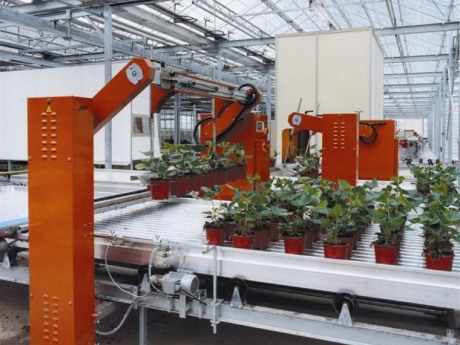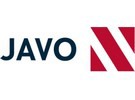A tight labor market in North America and the resultant wage increases continue to be a point of concern for growers, who are seeking solutions through automation.
As the importance of horticulture automation increases, Javo’s time-tested machinery and design solutions become a key cog in keeping the industry’s wheels turning.

“Every year, the innovative solutions Javo provides becomes more and more important,” said Javo USA, Inc. General Manager Michiel Vanderwaal. “Throughout North and Central America, labor costs are rising and labor availability is shrinking. The work done in greenhouses and nurseries can be severely impacted by weather and is often physically demanding. By using automated potting equipment, automated substrate handling products, and robots and buffer systems to load benches, ebb-and-flood floors and nursery trailers, growers can recognize almost instant savings in cost along with increases in productivity and consistency-of-product.”
Data provided by American Society for Horticulture Science indicates “greater than 40% of production costs” are labor costs, totaling nearly $40 billion per year in the U.S. alone. As the ASHS study notes, “Mechanization of an operation can provide mechanical power, speed, repetition, safety, and a greater potential for consistency and quality control.”
Vanderwaal pointed to popular potting machines, such as Javo’s Plus M2.0, as key time and money savers.
“With the Plus M2.0, a grower can pot more than 3,000 plants per hour with only three people,” he said. “To fill and plant 3,000 pots per hour by hand, you might need more than 30 people. And even then, the pots would not be filled with any consistency in terms of weight, volume or density.”
Once the pot is filled and planted, the plant much be taken to a bench, table, flood floor or field. That, too, is a back-breaking, time-, and-labor-consuming job that can be automated.
“With Javo’s robots and buffer systems, getting thousands of plants per hour to the right location is easy,” Vanderwaal said. “Greenhouse systems such as the Javo Swing robot require no workers to load 4,000 pots or more per hour to rolling benches. Meanwhile, the Javo Buffer Belt and JOR require one skilled forklift operator to handle 6,000 or more plants per hour.”
Many experts and politicians agree the labor shortage in horticulture is unlikely to improve anytime soon. As the Associated Press reported in May 2019, “The strong U.S. economy has made it increasingly difficult for employers to find labor. The number of seasonal visas has been capped at 66,000 per budget year. Some businesses and lawmakers say that limit is badly outdated, especially when the unemployment rate is the lowest it’s been in 49 years,” which means horticulture automation becomes ever-more important.
“It has never been more important for forward-thinking growers to look at their processes and see the possibilities for automation,” Vanderwaal said. “With more than 40 years of experience in the North American market, Javo USA is uniquely positioned to help growers look for solutions to these problems.”
 Javo USA
Javo USAKennesaw, GA 30152
T: 770-428-4491
